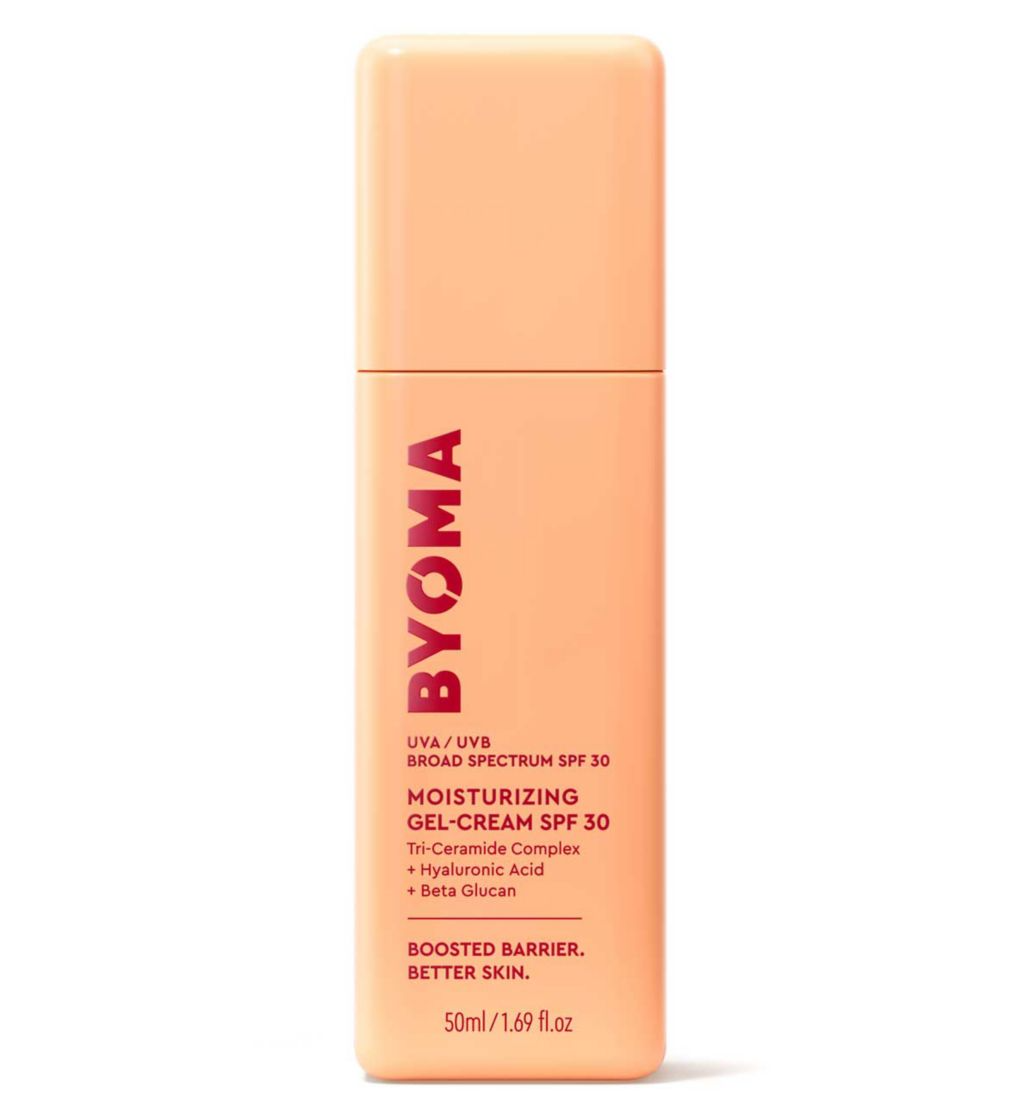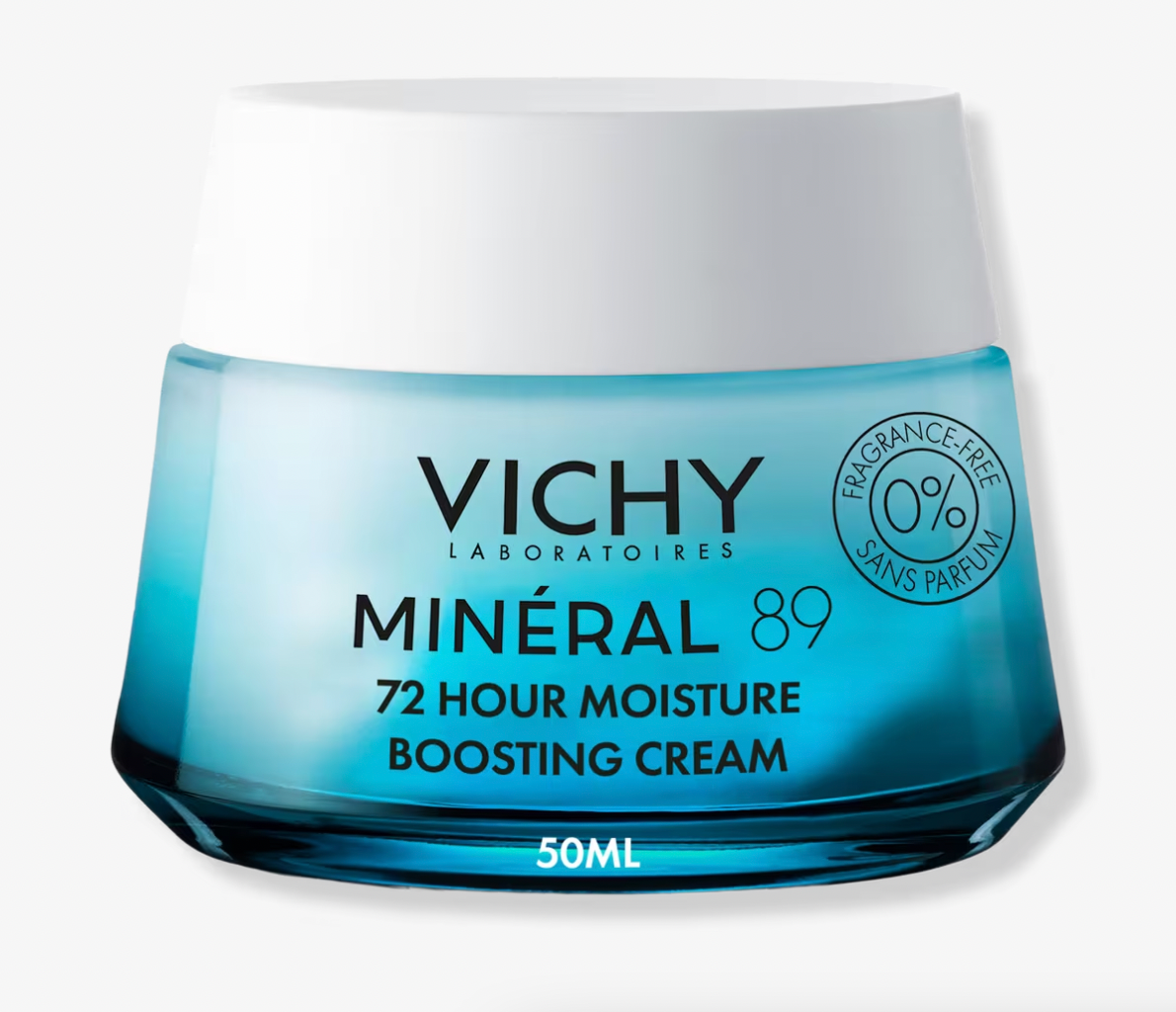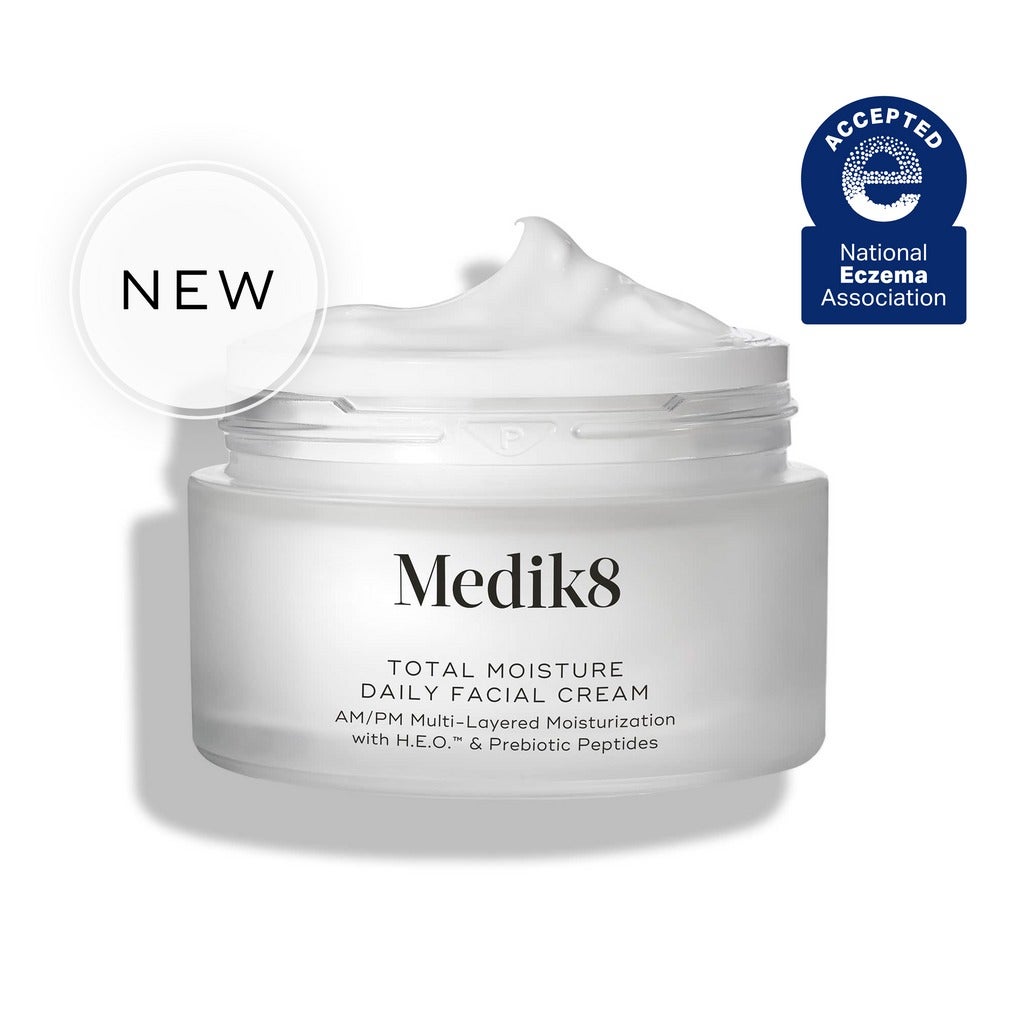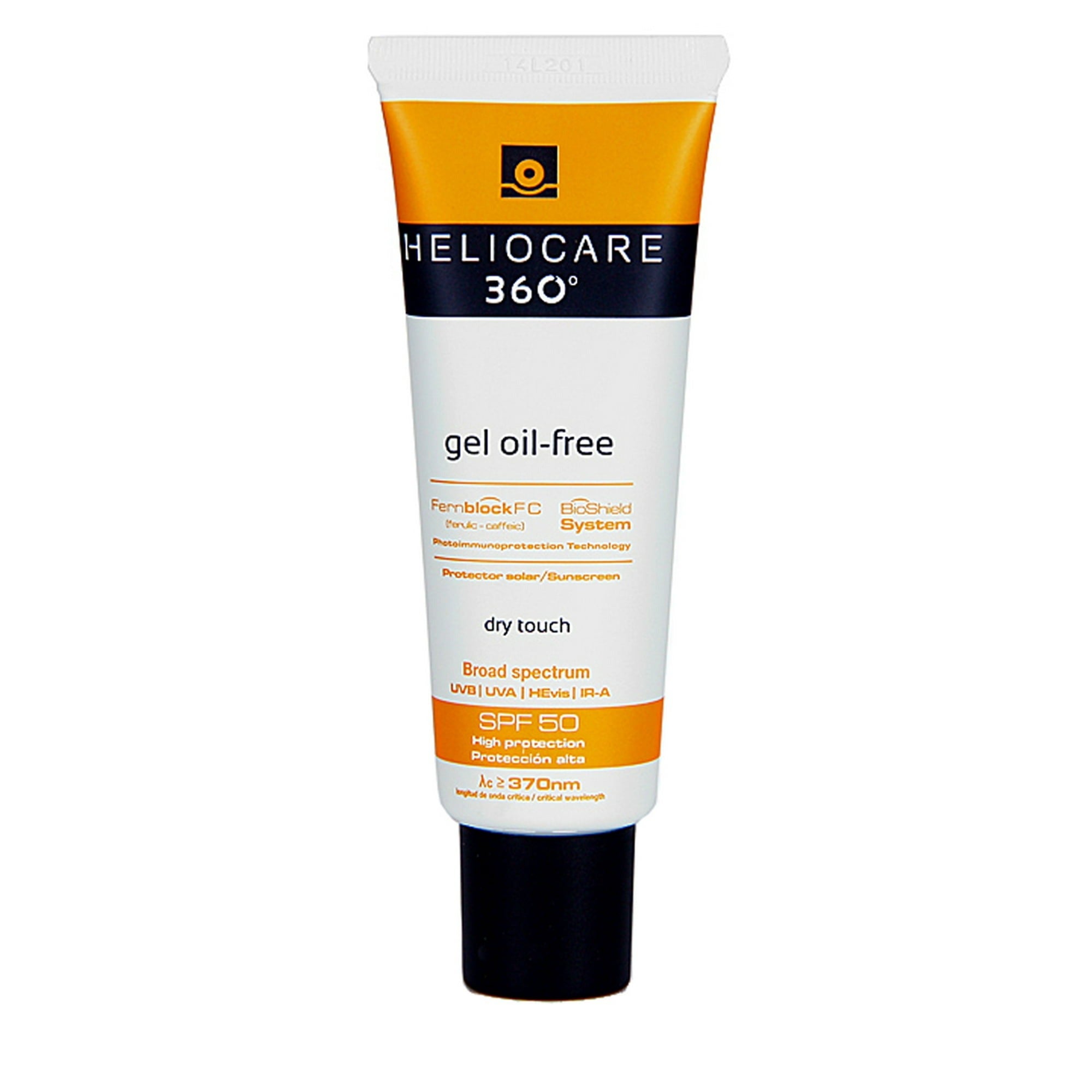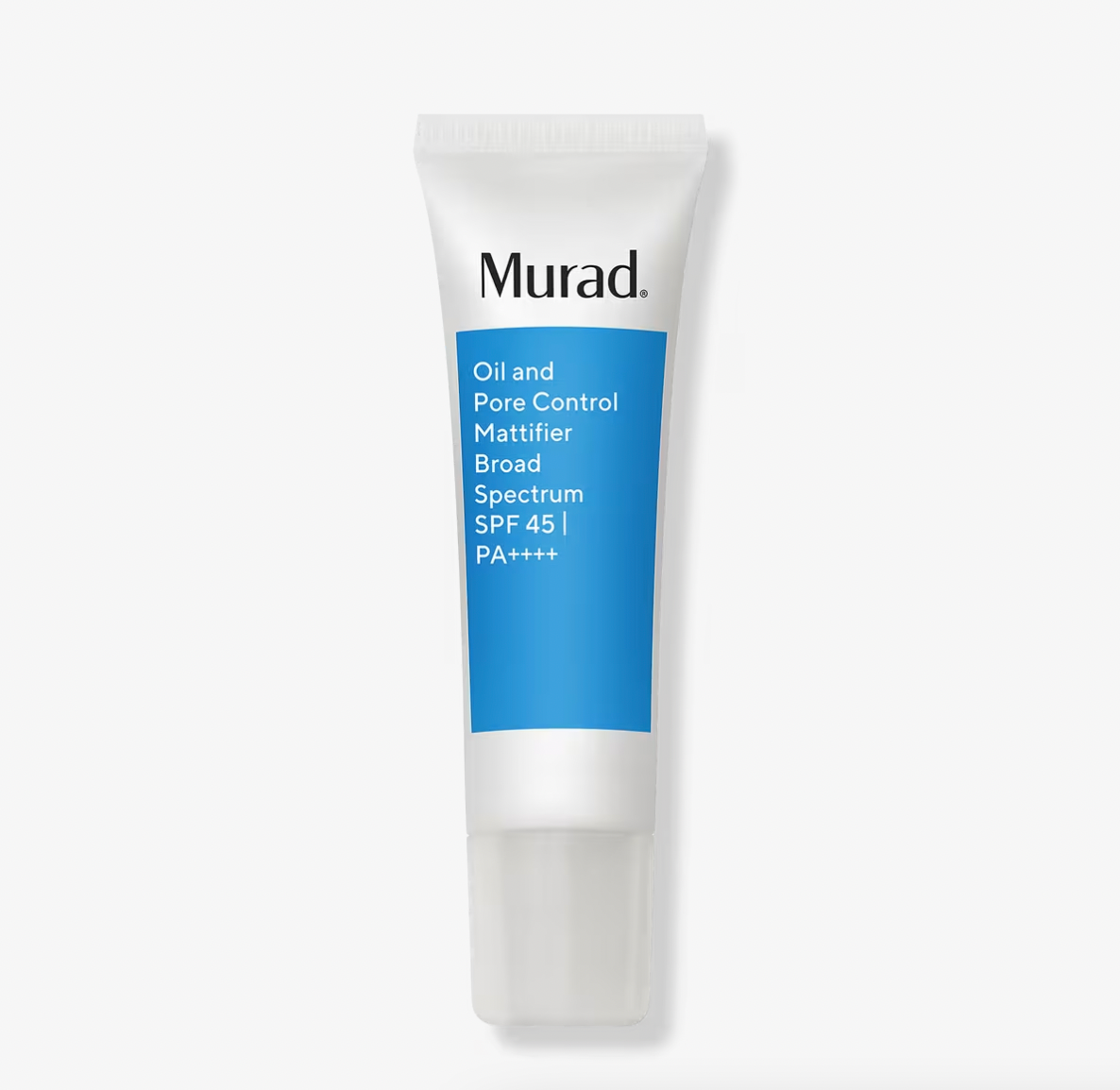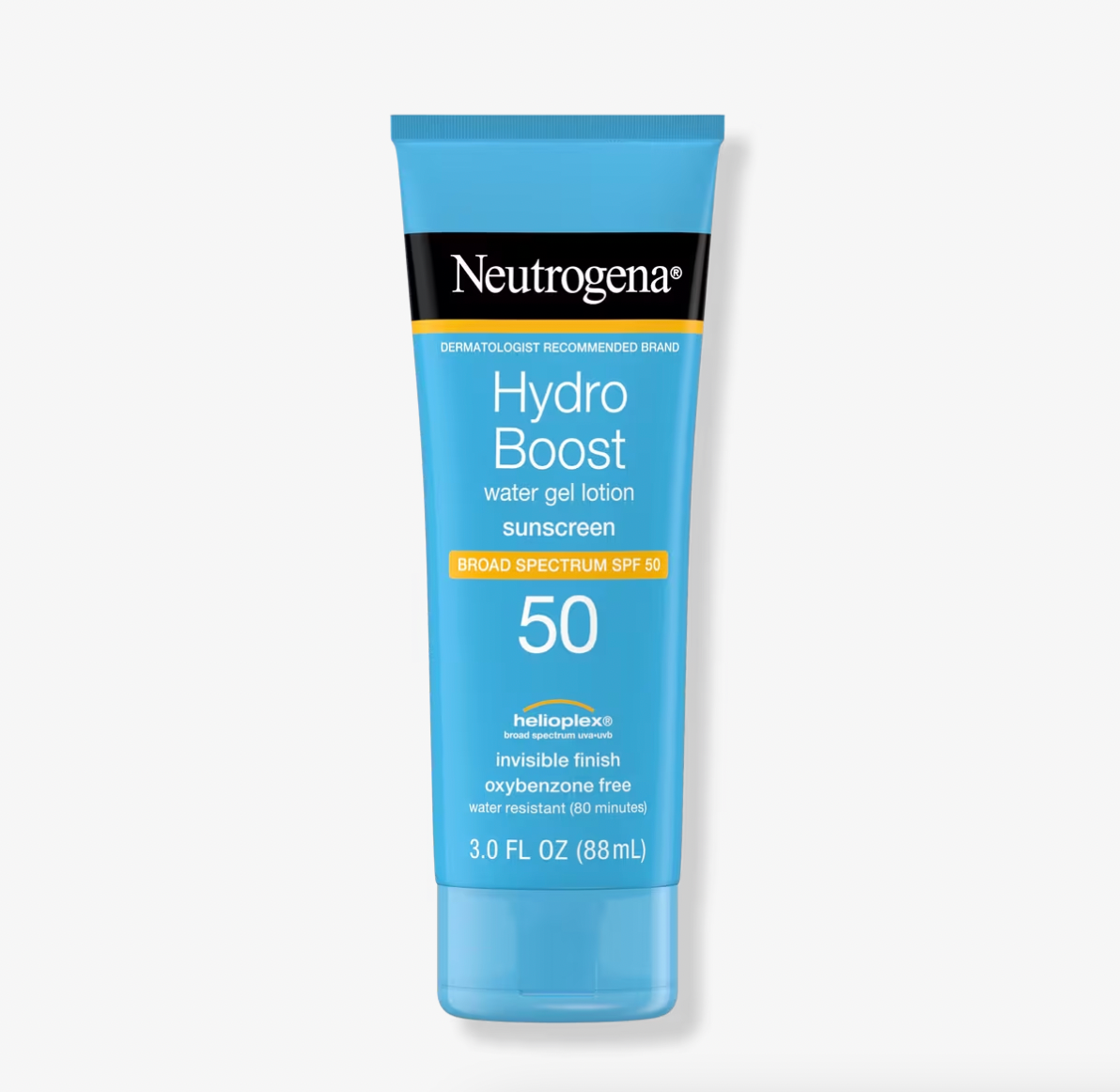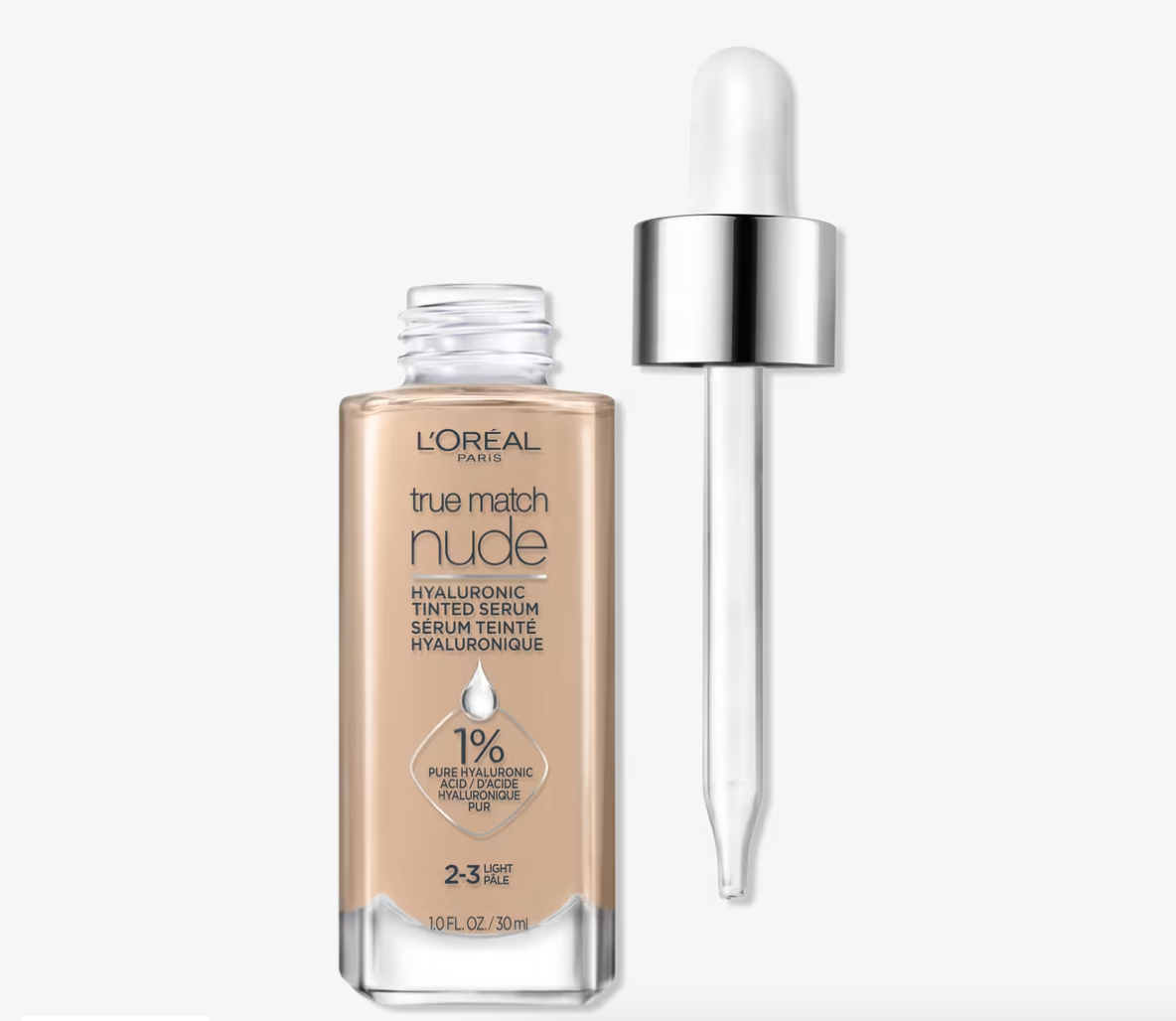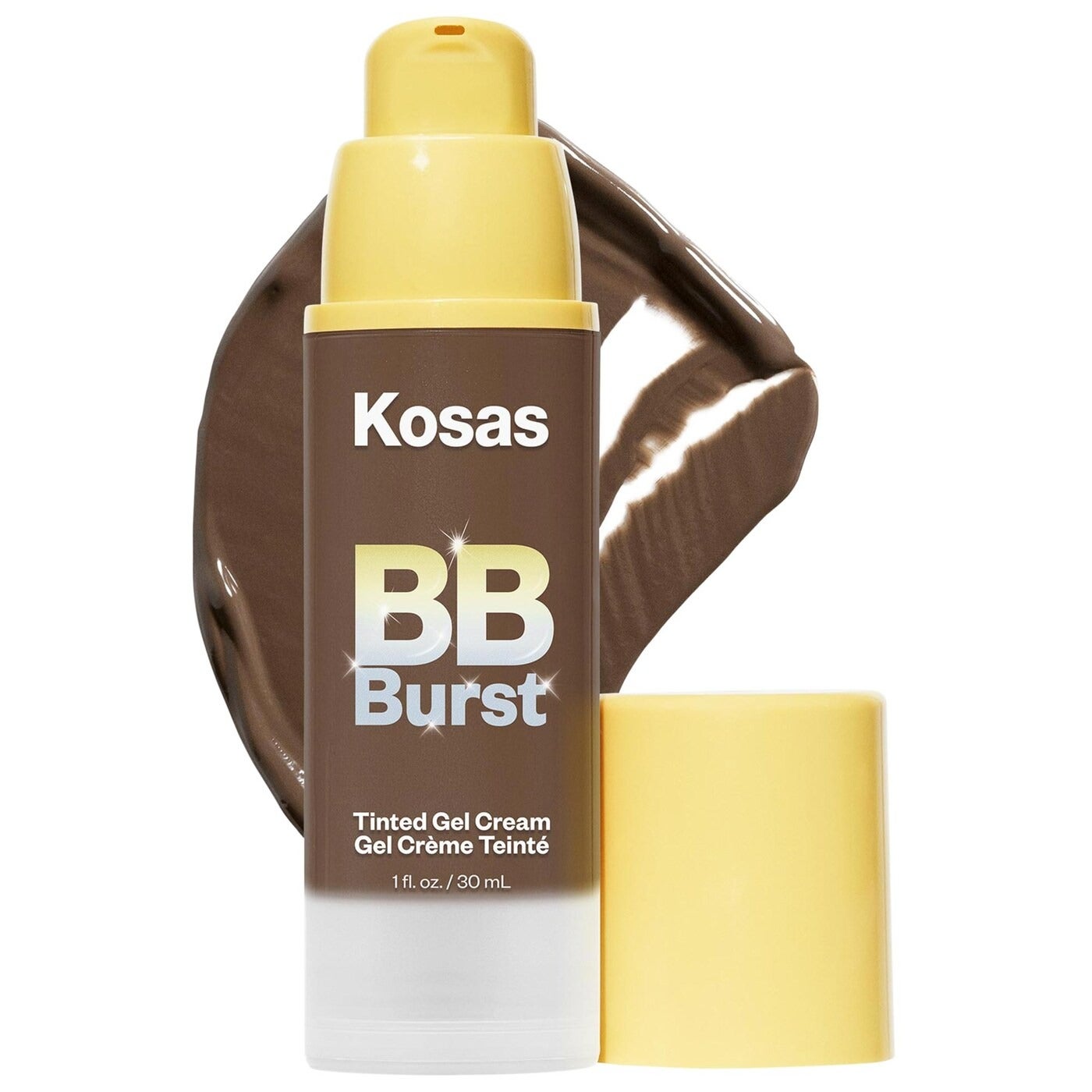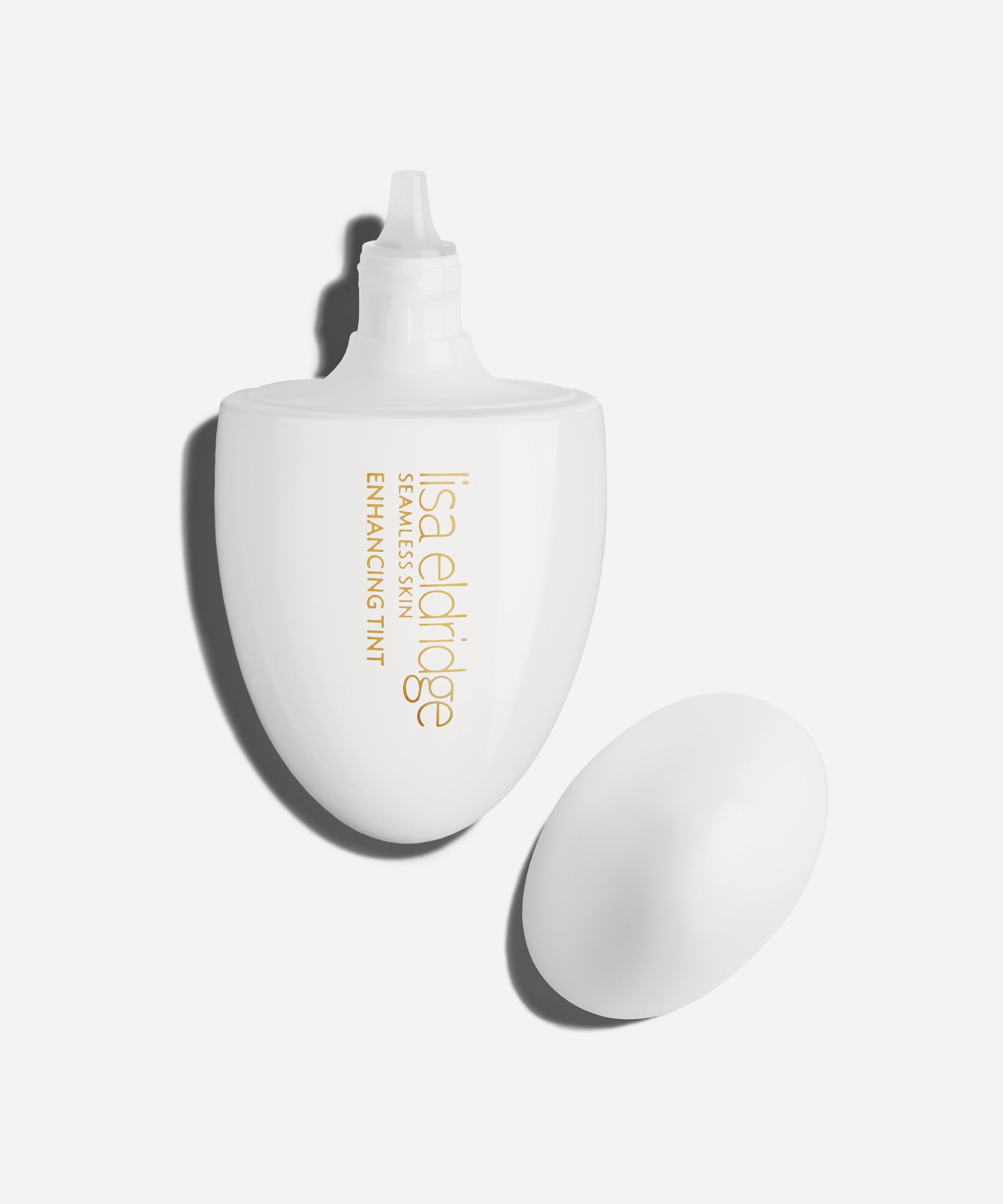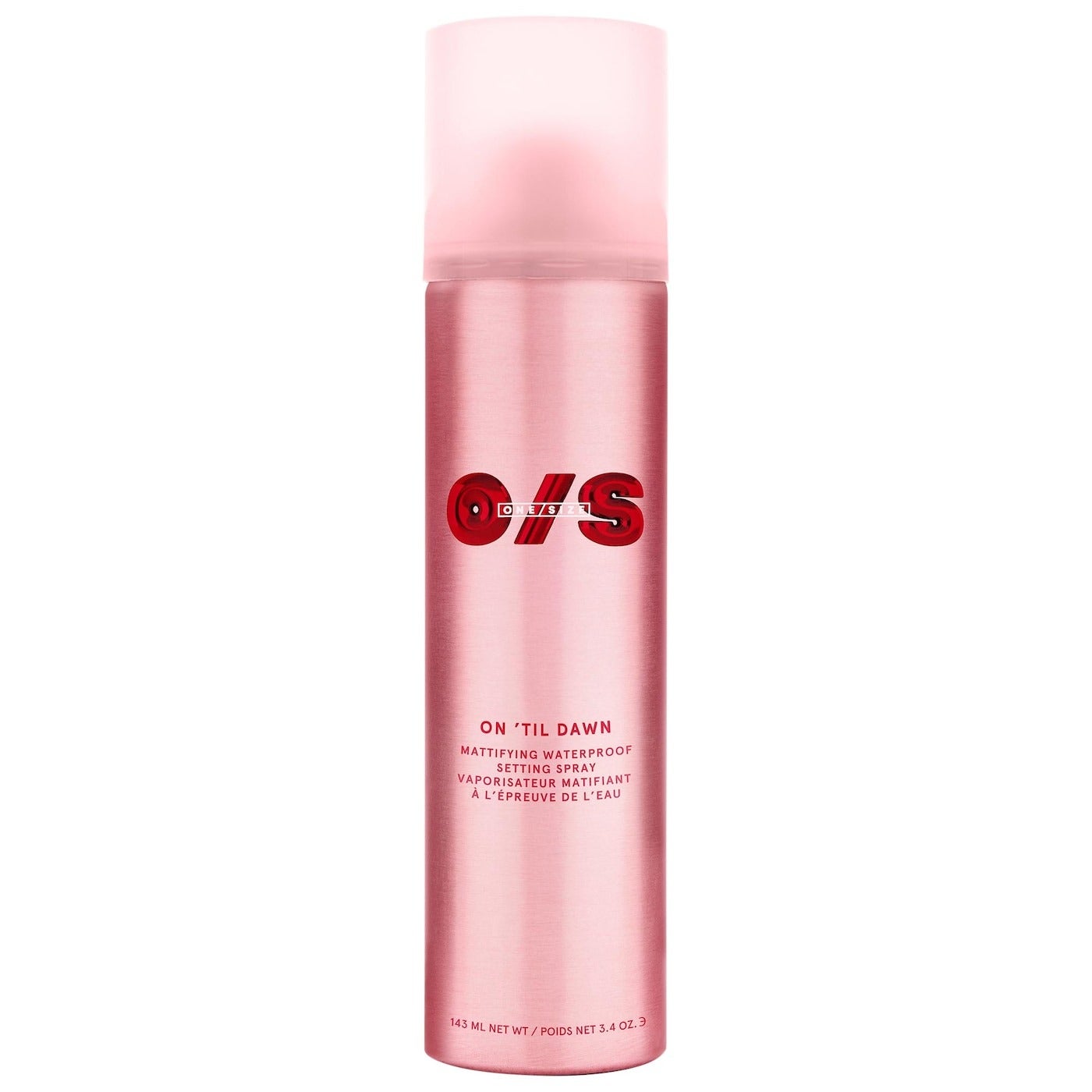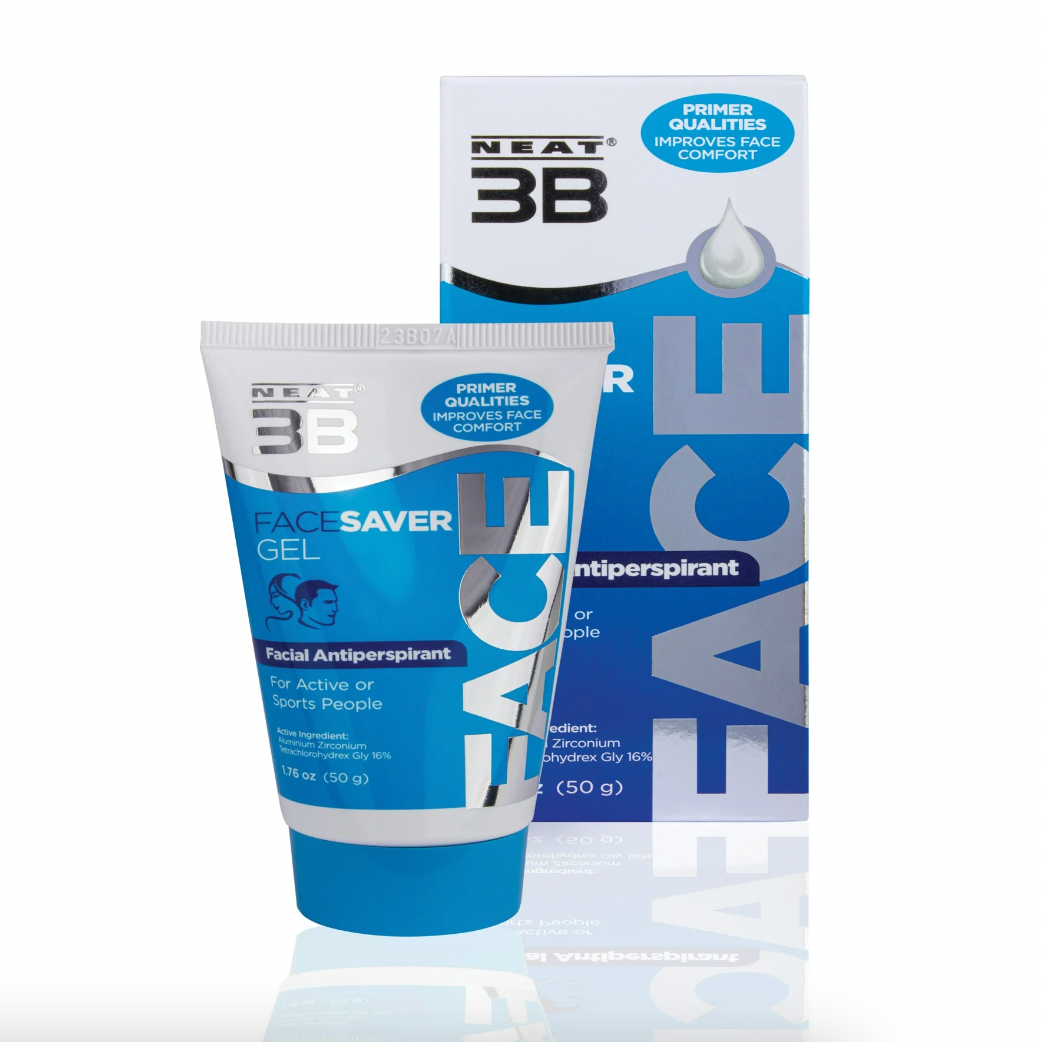All linked products are independently selected by our editors. If you purchase any of these products, we may earn a commission.
I’m not embarrassed to admit that the 2008 teen rom-com Wild Child taught me a lot. Aside from how to stand up to bullies and nifty tricks to make a thrifted outfit look expensive, the movie introduced one phrase — or rather, acronym — into my vocabulary: the SULA.
Maybe only staunch millennials will be able to reel off “sweaty upper lip alert” but even if those four words don’t conjure a wave of nostalgia, I can guarantee you’ve googled something similar this very (very) British summer.
Evading a case of the face sweats in such high humidity is a feat so it makes sense that the skincare query “why does my face sweat so much?” has been searched numerous times in the past few weeks. You don’t need me to tell you that sweating — the body’s way of regulating its temperature — is entirely normal and perfectly natural. But it can also be uncomfortable and annoying, especially if you wear makeup.
AdvertisementADVERTISEMENT
In a bid to quell the face sweats this summer, I enlisted the help of a handful of consultant dermatologists. From Botox injections to non-comedogenic skincare, here’s everything I learned.
What is the difference between sweating and excessive sweating or hyperhidrosis?
First, it pays to establish the difference between sweating (completely normal when you’re hot or exercising, for example) and excessive sweating. If you often find yourself sweating when your body doesn’t need to cool down, you might be experiencing a condition known as hyperhidrosis. If excessive sweating is negatively impacting your life, it’s worth paying a visit to your doctor to rule out any underlying causes rather than self-diagnosing.
Can changing your moisturizer reduce face sweating?
Suppose your face becomes uncomfortably sweaty when you’re hot. In that case, your first port of call is to rethink your moisturizer or your sunscreen, specifically avoiding certain occlusive ingredients, which create a barrier on the skin and trap in heat.
“You don’t need to avoid wearing moisturizer or sunscreen,” says Dr. Sophie Momen, consultant dermatologist at One Welbeck, “but I would use light formulations that are labelled ‘non-comedogenic’ [essentially less likely to block your pores].” They may be free from heavy oils, thick ingredients like shea butter or, most commonly, petrolatum aka petroleum jelly. While ingredients like these are great for easing dry skin, their heat-retaining abilities are less than desirable when all you want is to cool down fast. Petrolatum-based creams in particular can be too thick, adds Dr. Momen, and in combination with sweating, may cause breakouts.
AdvertisementADVERTISEMENT
The solution is to look for moisturizers and sunscreens with humectants (ingredients that draw moisture into the skin) and lightweight emollients (which soften and soothe dry skin) over heavy, occlusive ones. Hydrating hyaluronic acid, moisturizing glycerin and panthenol, and protective ceramides (basically the fats that hold healthy skin cells together) are all effective ingredients that are less likely to trap in heat and make your face feel hot and sweaty.
Texture matters, too, says Dr. Zainab Laftah, consultant dermatologist and British Skin Foundation spokesperson. Lightweight gel-cream moisturizers are largely more comfortable in hot weather. Try Medik8 Total Moisture Daily Facial Cream, which works across all skin types, or Vichy Minéral 89 Fragrance Free Cream, which is equally hydrating. If you’d rather spend less, R29 rates Byoma Moisturizing Gel-Cream SPF 30.
If you’re after a dedicated, lightweight sunscreen, countless dermatologists recommend Heliocare 360° Oil-Free Gel Sunscreen Protector Original SPF 50 and Murad Oil and Pore Control Mattifier SPF45 PA++++, while Hydro Boost Water Gel Lotion Sunscreen SPF 50, is an excellent budget option.
AdvertisementADVERTISEMENT
For makeup-wearers, particularly those who use foundation, the same rules apply. While your skin can’t technically “breathe”, lightweight, non-comedogenic products create less of a heat-trapping effect on the skin. For coverage, consider a comfortable skin tint like Lisa Eldridge Seamless Skin Enhancing Tint, Kosas BB Burst Tinted Gel Cream, or L'Oréal Paris True Match Nude Hyaluronic Tinted Skin Serum, if you want to spend less. A mattifying setting mist like ONE/SIZE On 'Til Dawn Mattifying Waterproof Setting Spray, give makeup longevity without plastering it on and making your face feel suffocated.
Do sweat-absorbing face creams work?
Say you’ve switched up your moisturizer and makeup to no avail. Dr. Laftah suggests paying a visit to your doctor who can prescribe a topical glycopyrronium agent for the face. Without subjecting you to a biology lesson, this topical cream blocks the natural substance that activates sweat glands. Besides glycopyrronium, aluminum chloride deodorants are also available over the counter for use on the face, such as Neat 3B Face Saver Gel.
Can drinking more water reduce face sweating?
You’d be forgiven for thinking that drinking less water might help reduce face sweating. Sweat is water, after all. But according to the experts, it could have the opposite effect.
AdvertisementADVERTISEMENT
“Staying hydrated is important for a number of biological reasons including thermoregulation,” explains Dr. Laftah, which allows us to regulate our core body temperature. “If our body becomes too hot, we sweat to cool down,” continues Dr. Laftah, “so restricting fluid intake can result in an increase in our core body temperature.” This, adds Dr. Laftah, can lead to “cellular damage”, potentially damaging your skin in the long run. While experts are conflicted about how much water to drink on a daily basis considering it varies from person to person, the general consensus is four to six cups of plain water a day. Dr. Laftah suggests that your water intake could be higher during hot weather and exercise.
Can Botox reduce face sweating?
When it comes to face sweating, Botox injections (which you might associate with reducing fine lines and wrinkles, or more recently the “lip flip”) are often considered the last station but there are myriad proven benefits. Botox is now widely used “off label” to reduce sweating on the face and other areas such as armpits. Dr. Momen says it can reduce sweating anywhere on the body, in fact; it works by blocking the chemical signals that kick sweat glands into action.
“Normally people should expect to see some improvement [in sweating] after one Botox session,” says Dr. Momen, though Botox injections typically take around one to two weeks to take effect. “How long [the effects] last will vary between each individual,” adds Dr. Momen, “but on average, [it’s around] three to six months.” One thing to consider is that, unlike filler, Botox can’t be dissolved; the effects wear off naturally.
Botox is not a silver bullet for sweating, though. Top-ups are usually required every three to six months and in New York, one Botox session typically costs anywhere between $150 and $500. What’s more, a lot of care is required when administering Botox to the lower half of the face specifically, thanks to the risk of reduced facial muscle movement, adds Dr. Laftah.
Lastly, if you’re considering Botox for face sweating, it’s important to visit a qualified medical professional with plenty of years of experience.
AdvertisementADVERTISEMENT







